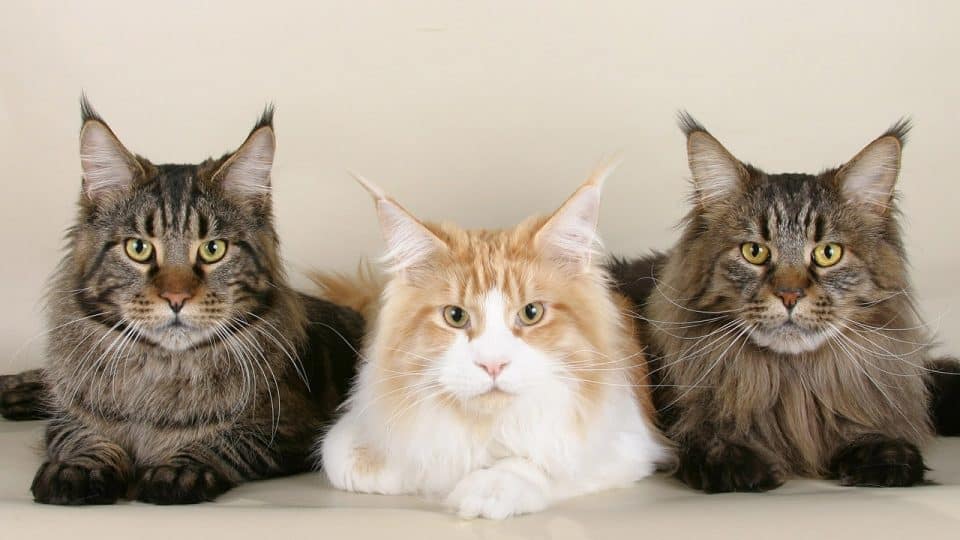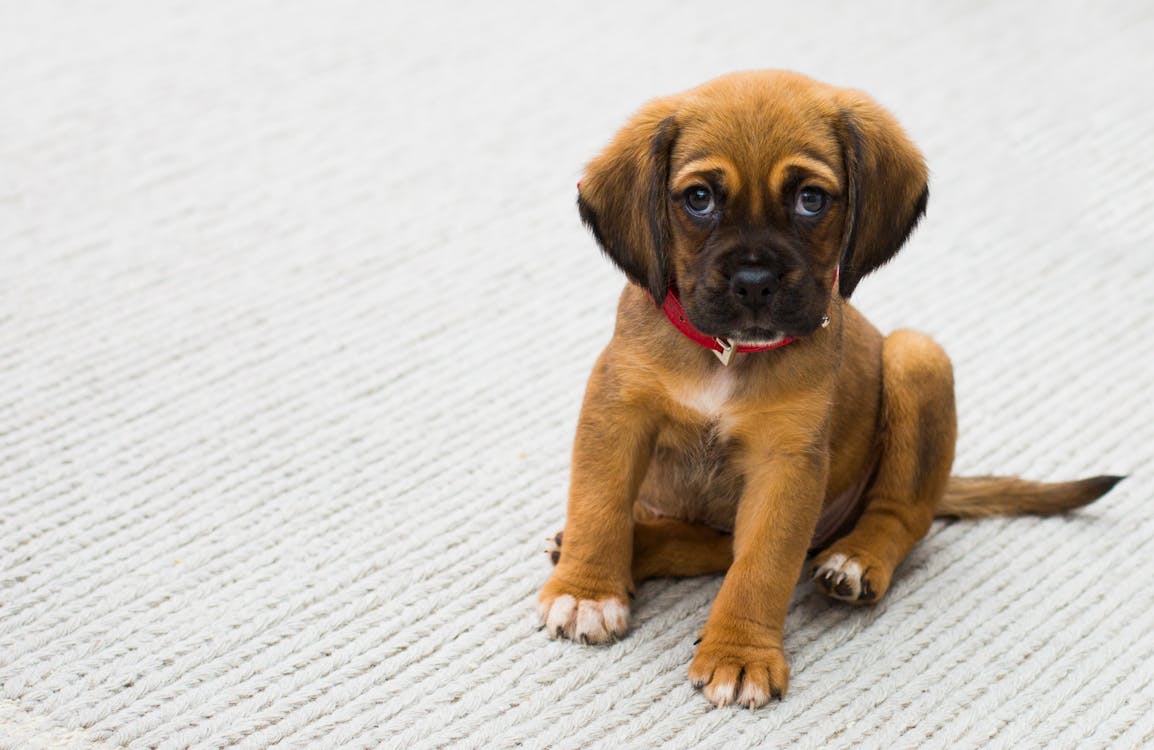Beekeeping has become a popular hobby in recent years, and it’s no surprise why. Not only do bees play an essential role in our ecosystem, but they also produce delicious honey and other bee products.
However, if you’re a pet owner, you may hesitate to start a beehive due to concerns about your pet’s safety.
Luckily, creating a pet-friendly beehive is possible, and here are ten things to consider if you want to do so.
Table of Contents
1. Location
The first thing to consider is the location of your beehive. You’ll want to choose a spot that is not easily accessible to your pets. This could mean placing it in an area fenced off or behind a gate.
The beehive size comes into consideration while considering the location. For instance, if you opt for a langstroth hive, you must plan its location, considering its constructive features and your pet’s safe wandering.
Additionally, ensure the hive is not in an area where your pet likes to play or rest. You want to make sure that your pets are not accidentally stung, which can be dangerous or even fatal in some cases.
2. Height
Another consideration is the height of your beehive. Keeping your beehive off the ground can help prevent curious pets from getting too close. Placing the hive on a stand or platform can help keep it out of reach from pets and wildlife.
3. Entrance
The entrance to your beehive is an important consideration for pet safety. A common entrance for beehives is a small gap or hole that allows bees to enter and exit the hive.
However, this can also be an entrance for pets, so consider using an entrance reducer to make the gap smaller. This will allow bees to enter and exit the hive while keeping pets out.
4. Water Source
Bees need a water source to survive, and they will often look for it in nearby sources such as pools, bird baths, and even pet water dishes.
To prevent your pets from getting stung, ensure that there is a water source available for the bees that is not accessible to your pets.
5. Bee Behavior
Understanding bee behavior can also help you create a pet-friendly beehive. Bees are usually not aggressive unless they feel threatened.
Therefore, keeping your pets away from the hive is essential, especially when the bees are active.
Besides, be aware of when bees are most active and plan accordingly.
6. Education
Educating yourself and your pets about bee behavior and safety is crucial. Make sure to research beekeeping and understand how to handle bees safely.
Consider enrolling in a beekeeping course or consulting with a professional beekeeper.
Furthermore, educating your pets about bee behavior and the importance of leaving them alone can help prevent accidents.
7. Type of Hive
The type of hive you choose can also impact the safety of your pets. Some types of hives, such as top-bar or Warré hives, have smaller entrances that can be easier to defend against predators, including pets.
Additionally, some hives come with screens or other protective measures to keep predators out.
8. Bee Breed
Not all bees are created equal; some breeds may be more aggressive than others. For a pet-friendly beehive, consider choosing a bee breed known for its docility, such as Italian or Carniolan bees.
9. Pet Temperament
While educating your pets about bee behavior is crucial, but you must also consider their temperament. Learning these matters is a positive sign of taking good care of your pet while maintaining a beehive.
Some pets may be more curious or aggressive than others and pose a greater risk to both themselves and the bees. Before starting a beehive, assess your pet’s behavior and consider if they are a good fit for a pet-friendly beehive.
10. Protective Measures
Finally, it’s essential to have protective measures in place in case of an accident. Keep a first-aid kit on hand that includes tweezers, antihistamines, and a bee sting kit.
Moreover, ensure that your pets are up to date on their vaccinations, including their rabies shot, in case of an unexpected encounter with a bee.
Is It Safe to Have a Dog or a Cat If You Have a Beehive?
While it is possible to keep a dog or cat if you have a beehive, it is important to take proper precautions to ensure their safety. Bees can be dangerous to pets, and a sting can cause an allergic reaction or even be fatal in some cases.
Therefore, keeping your pets away from the hive and educating them about bee behavior is essential. Make sure to choose a location for your beehive that is not easily accessible to your pets, and keep the hive off the ground to prevent curious pets from getting too close.
Besides, watch out for signs that your dog is sick or your cat isn’t eating for a few days. These signs may tell you whether your pets have encountered an active beehive in the garden.
Additionally, be aware of when the bees are most active, and plan accordingly. For example, avoid letting your pets out when the bees fly around the hive, especially during the hot summer months when bees are more aggressive.
Keeping a dog or cat with a beehive requires careful management and supervision. If you are uncertain how to keep your pets and bees safe, it may be best to consult a professional beekeeper or veterinarian for guidance.
To Conclude
Creating a pet-friendly beehive requires careful planning and preparation.
By considering the location, height, entrance, water source, and the other essential things mentioned above, you can create a safe and enjoyable environment for both your pets and bees.
Remember to always prioritize the safety of your pets, and consult with a professional beekeeper if you have any questions or concerns.








